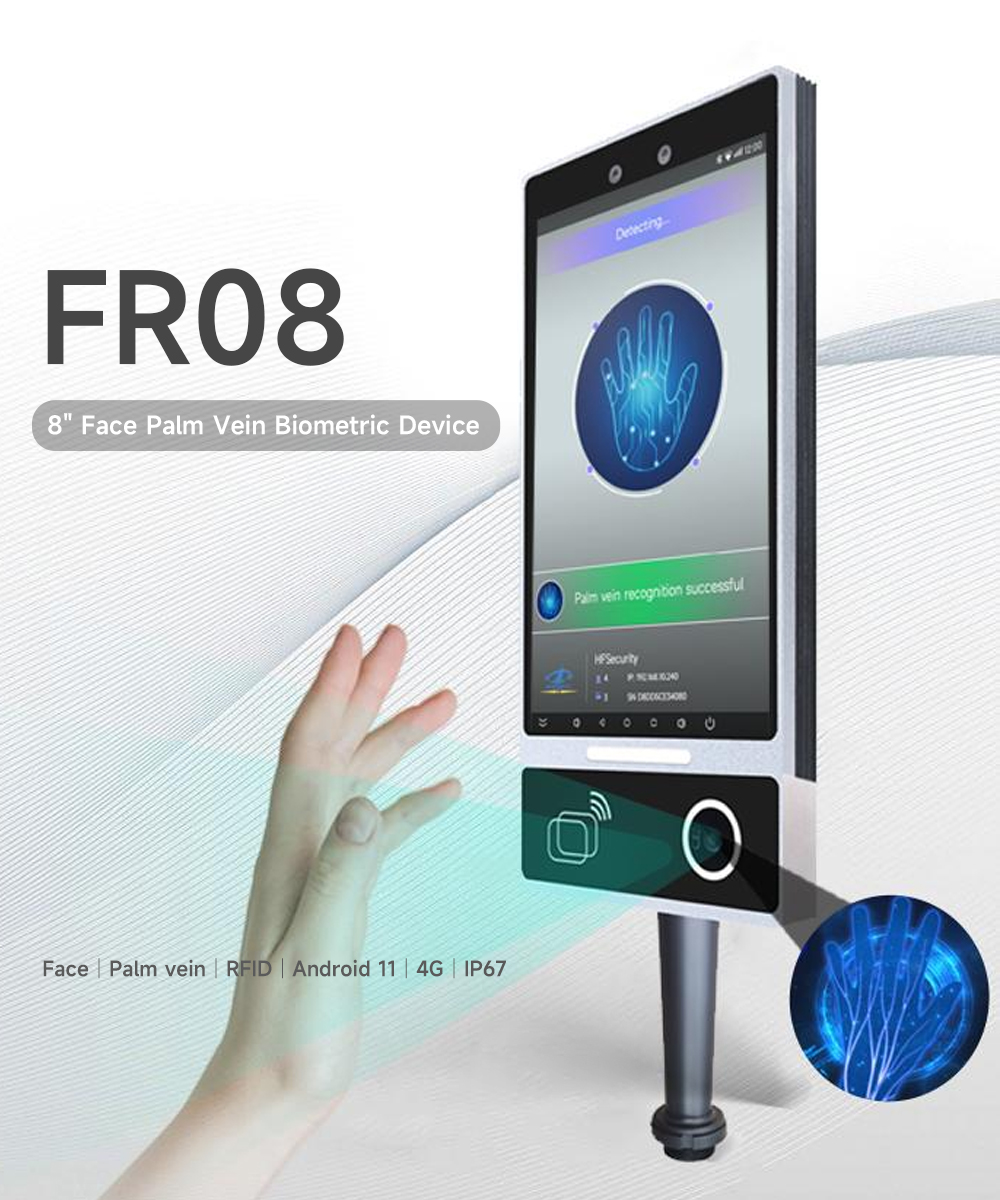
Privacy statement: Your privacy is very important to Us. Our company promises not to disclose your personal information to any external company with out your explicit permission.
The hardware of the Recognition Time Attendance system is mainly composed of a microprocessor, a Recognition Time Attendance module, a liquid crystal display module, a keyboard, a clock/calendar chip, an electronically controlled lock and a power supply. The microprocessor, as the upper computer of the system, controls the whole system. The fingerprint identification and attendance module mainly completes the collection, comparison, storage, and deletion of fingerprint features. The liquid crystal display module is used to display information such as door opening records, real-time clock and operation prompts, and forms the man-machine interface together with the keyboard.

LET'S GET IN TOUCH

Privacy statement: Your privacy is very important to Us. Our company promises not to disclose your personal information to any external company with out your explicit permission.

Fill in more information so that we can get in touch with you faster
Privacy statement: Your privacy is very important to Us. Our company promises not to disclose your personal information to any external company with out your explicit permission.